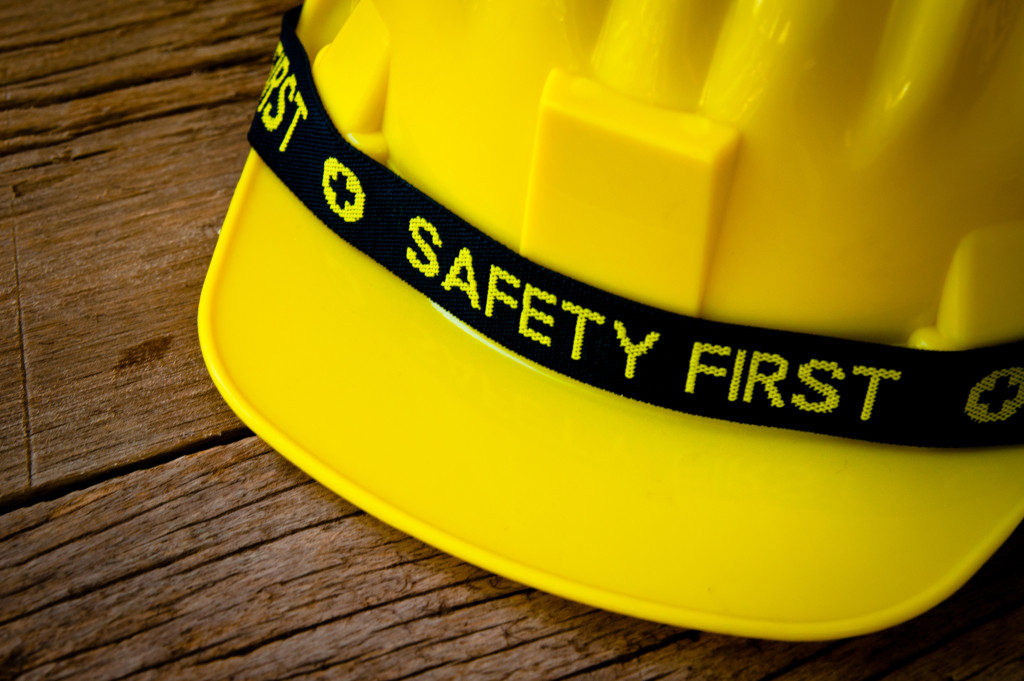Every company has a responsibility to provide its employees with the safest possible work environment. But safety doesn’t stop at the office door. In fact, many accidents and injuries happen away from the workplace, making it essential for employers to protect their employees outside of work. Here are some ways you can keep your workers safe both inside and outside of the office:
- 1. Educate employees on safety hazards both inside and outside of work.
- 2. Implement policies to promote safe behavior inside and outside of work.
- 3. Provide safety training both inside and outside of work.
- 4. Offer employee assistance programs both inside and outside of work.
- 5. Help them get in touch with safety lawyers in case of an accident.
- 6. Promote a culture of safety both inside and outside of work.
- 7. Offer incentives and benefits to employees who practice safe behavior.
- 8. Conduct regular safety audits.
- 9. Keep up with the latest safety regulations.
1. Educate employees on safety hazards both inside and outside of work.
The most effective step you can take to keep your employees safe is to educate them on potential hazards. This includes both workplace hazards and those that may occur outside of work. Employees should be aware of the dangers of driving under the influence, for example, and the risks of working with hazardous materials. You should also provide employees with safety information specific to their job duties.
2. Implement policies to promote safe behavior inside and outside of work.
Policies that promote safe behavior can help reduce the number of accidents and injuries both inside and outside of the workplace. For example, you may want to implement a policy prohibiting employees from driving under the influence. You may also want to have a policy requiring employees to use proper safety equipment when working with hazardous materials. Always make sure that your policies are well-documented and that all employees know them.
3. Provide safety training both inside and outside of work.
Safety training is another crucial step you can take to keep your employees safe. You should train employees on how to safely perform their job duties and stay safe outside of work. Be sure to provide employees with regular safety training and refresher courses on an ongoing basis.
4. Offer employee assistance programs both inside and outside of work.
Employee assistance programs can help employees deal with personal problems that may affect their safety both inside and outside of work. For example, an employee assistance program may provide counseling services for employees struggling with substance abuse. These programs can also offer resources for employees dealing with personal problems, such as financial difficulties or relationship issues.
5. Help them get in touch with safety lawyers in case of an accident.
No matter how much you try to promote safety, accidents can still happen. That’s why it’s important to have a plan in place for dealing with accidents and injuries. One way to do this is to provide employees with the contact information for safety lawyers who can help them if they’re involved in an accident. For example, if an employee is involved in a car accident, a truck accident lawyer can help them get their compensation.
6. Promote a culture of safety both inside and outside of work.
As an employer, it is your responsibility to promote a culture of safety both inside and outside of work. This means setting the example for safe behavior and holding employees accountable for following safety policies and procedures. You should also make sure that safety is a top priority in your company and that all employees are aware of the importance of safety.
7. Offer incentives and benefits to employees who practice safe behavior.
One way to encourage employees to practice safe behavior is to offer incentives and benefits. For example, you may want to provide employees with a bonus for completing a safety training course. You may also want to offer discounts on health insurance premiums for employees who don’t have any accidents or injuries. Offering these incentives can encourage employees to focus on safety both inside and outside of work.
8. Conduct regular safety audits.
Safety audits are good ways to identify potential hazards both inside and outside of the workplace. These audits can help you make sure that your workplace is safe and that employees are following safety policies and procedures. Always make sure to conduct regular safety audits, and take corrective action if any hazards are found.
9. Keep up with the latest safety regulations.
Safety regulations are constantly changing, so it’s important to stay up-to-date on the latest changes. This will help you ensure that your workplace is in compliance with all safety regulations. Always make sure to review the latest safety regulations and update your policies and procedures accordingly.
Taking these steps can help you keep your employees safe both inside and outside of work. By promoting a culture of safety, providing safety training, and conducting regular safety audits, you can help create a safe environment for your employees. And by offering incentives for safe behavior, you can encourage employees to practice safety both at work and in their personal lives. Try to implement these tips in your workplace, and you’ll be on your way to keeping your employees safe.



